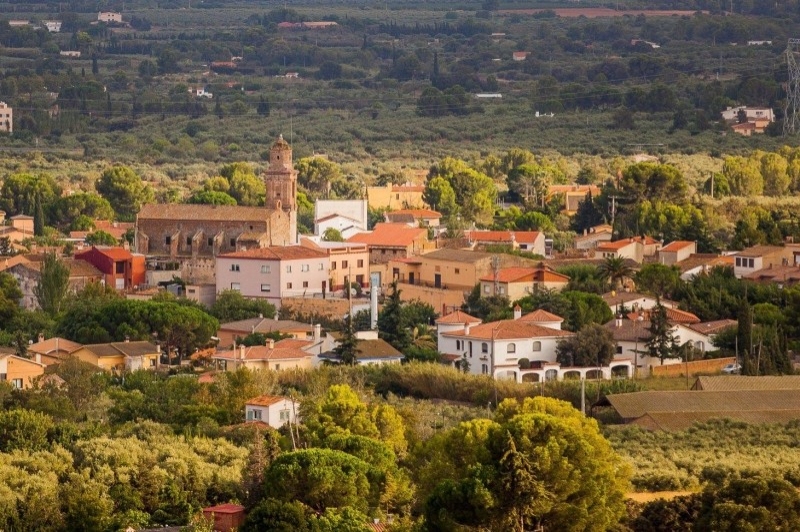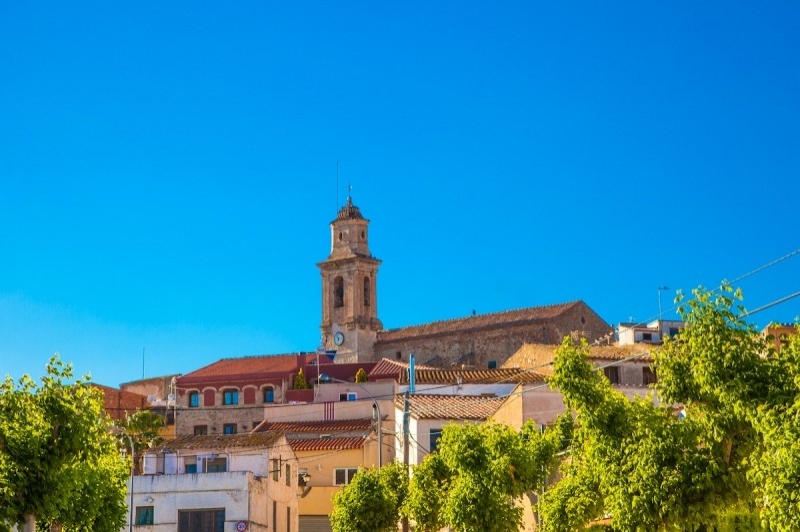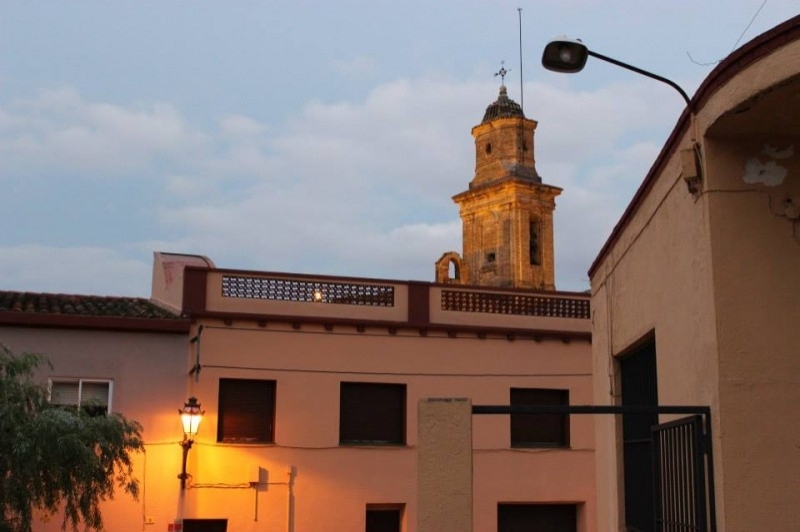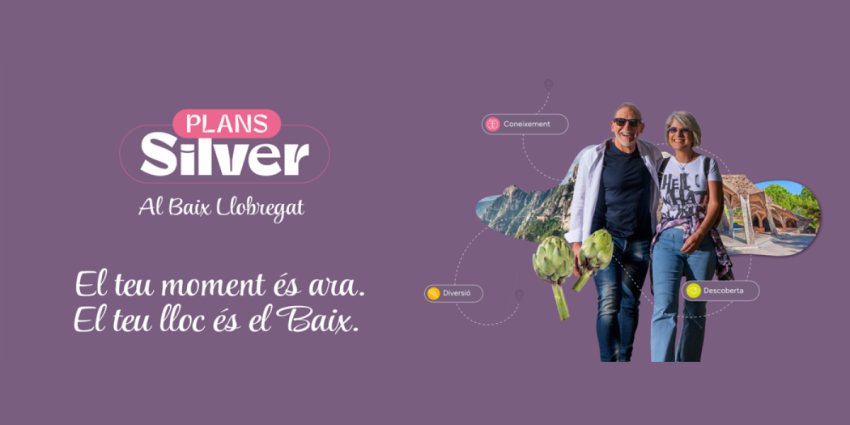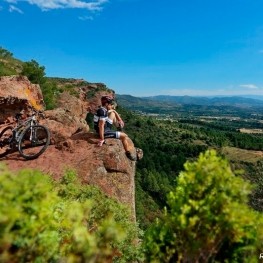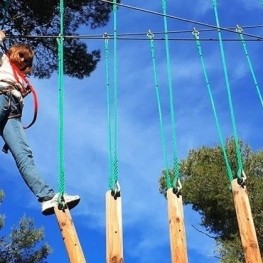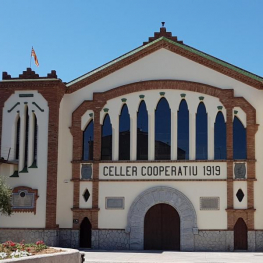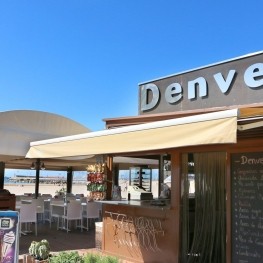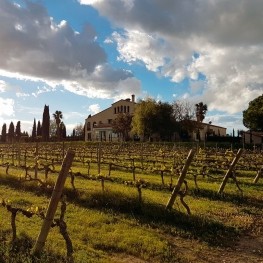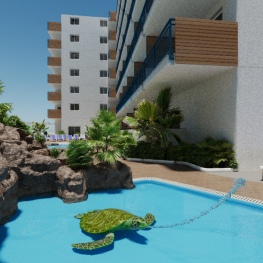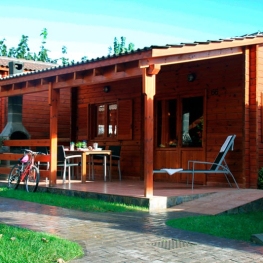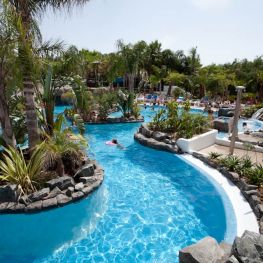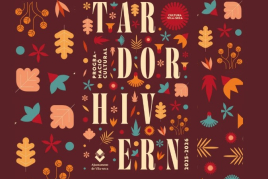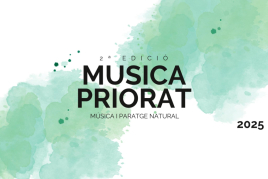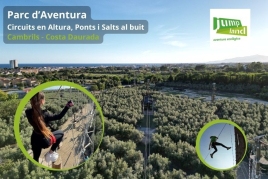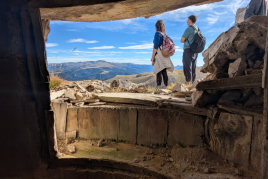The remains of the castle are conserved , building that dominates the urban core, of Renaissance style, built at the end of the 16th century or the beginning of the 18th century. Currently you can still see the bottom of the castle fence, with the walls tilted as buttresses.
The parish church of Sant Llorenç is of the Renaissance style, built between 1617 and 1622. During the civil war of 1936-39, altarpieces and paintings of great artistic value were destroyed.
The Piedra Fita located at the entrance of the town. According to Dr. Vilaseca it is a megalithic monument, which had the meaning of object of worship or phallic representation, a theory already admitted for most menhirs. Most likely, this stone was an ancient milestone, since many documents of the 12th century often speak of such markers.
Botarell Font Vella is millenary, its origin is not known exactly but it is believed that it was around it that the town was founded for its abundant water, of excellent quality. Today, and for a few decades, it is the meeting place to celebrate most of the events of the town festivities, since the environment has great beauty.
Masos
Mas del Gerro is a modernist-style farmhouse built in 1915, of which the balcony topped with a ceramic tile border decorated with plant motifs stands out.
The Mas d'en Duran is the most important of the Tascals Stable (figure in 1497). On the ground floor, of medieval origin, there are large arches made of stonework, on the first floor the altar of the chapel dedicated to San Antoni (1794) is still preserved. Numerous wall paintings in different rooms of the house testify to its former stately splendor. It is currently the building where the offices of the Baix Camp urban solid waste composting plant have been located.
The construction of the Mas d'en Vernis dated from 1737 according to the stone that closes the arcade of the main door, but its remains suggest that it is the date of a reform made on an older work.
The Mas d'en Giol, according to popular tradition, is a very old farmhouse built in "time of the Moors" formed by three buildings: the owners' house, that of the settlers and the church that was under the Mare de Déu dels Dolors.
The Mas d'en Perdiu was renovated in 1910 with a project by the architect Rubió, a disciple of Antoni Gaudí, who designed a spectacular chimney of considerable height, built with brick and ceramic geometric decoration, perched with ornaments of popular clay and which is supported outwardly by a helical column of great beauty.

